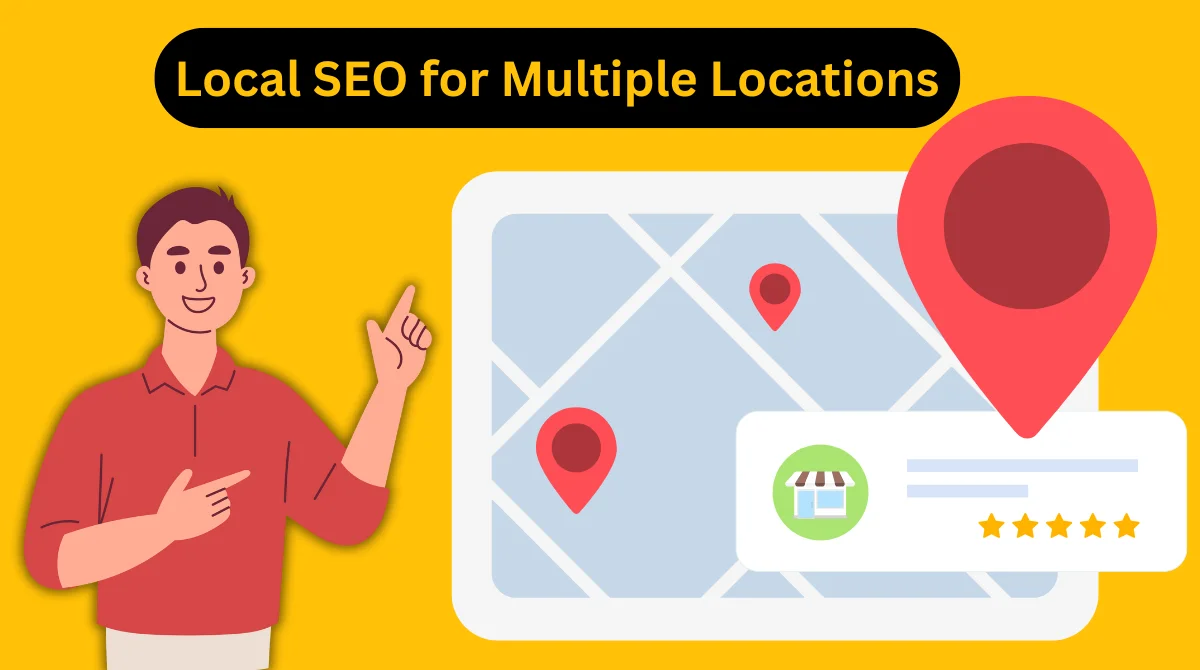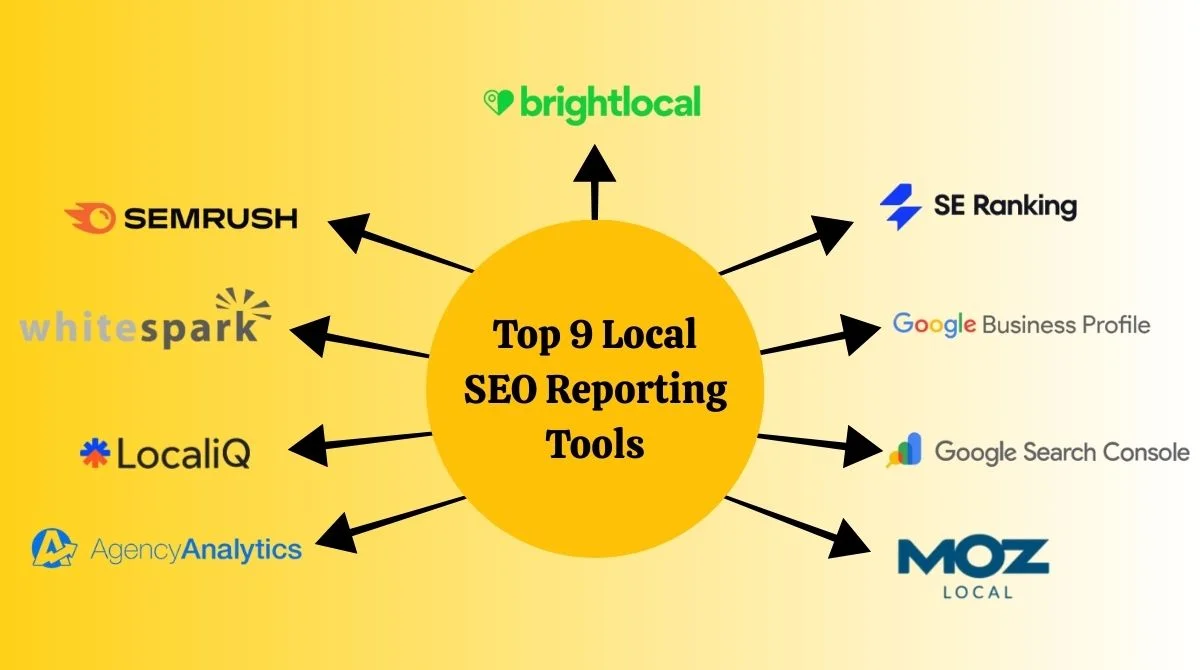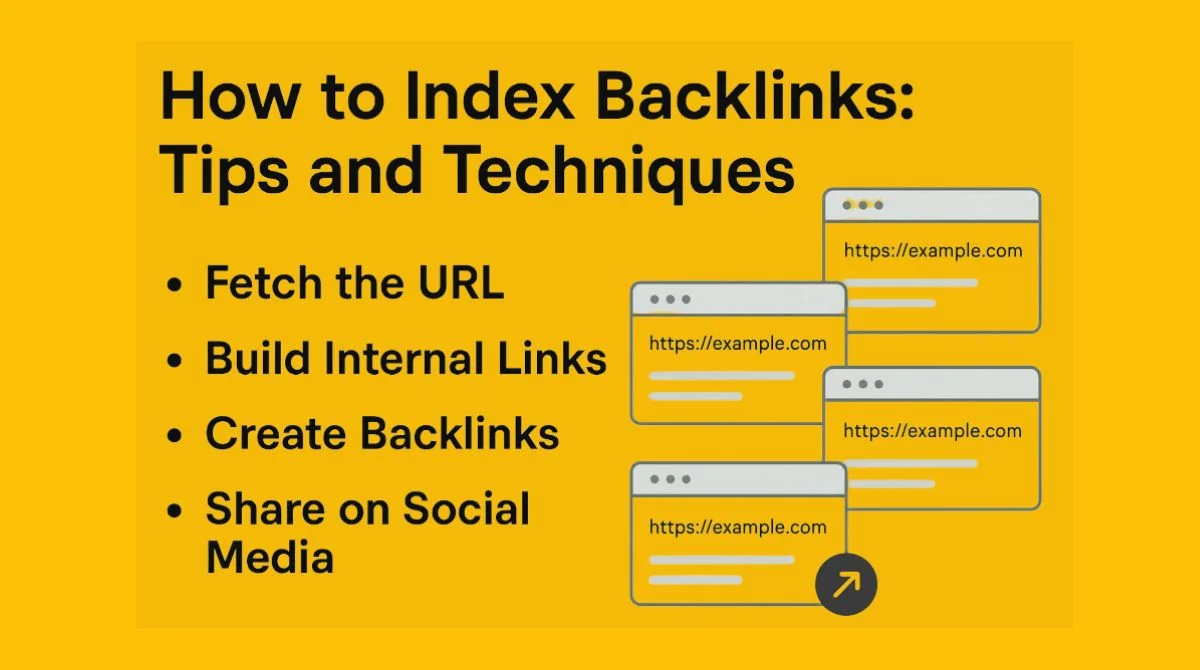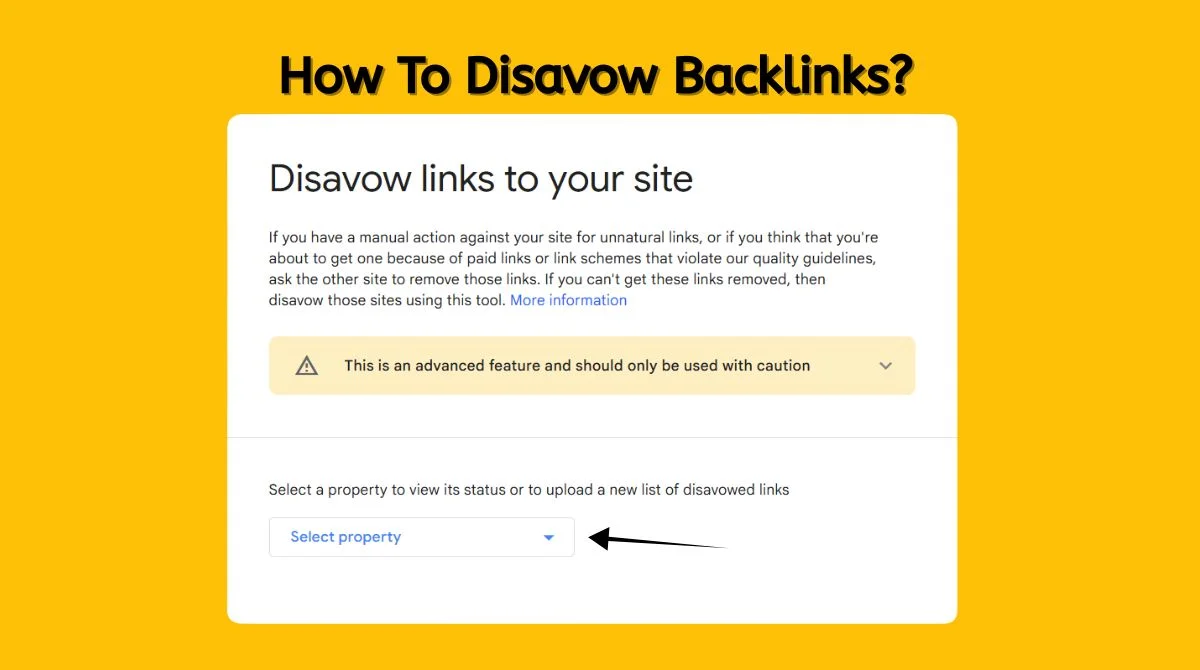- Why Local SEO Matters for Multiple Locations?
- Step 1: Create a Separate Webpage for Each Location
- Step 2: Optimize Google Business Profile for Each Location
- Step 3: Ensure Consistent NAP Information Across All Platforms
- Step 4: Use Local Keywords for Each Location
- Step 5: Build Local Citations
- Step 6: Collect and Manage Customer Reviews
- Step 7: Use Structured Data (Schema Markup)
- Step 8: Create Local Content for Each Area
- Step 9: Use Internal Linking to Connect Locations
- Step 10: Monitor Performance and Improve
- Common Mistakes to Avoid in Local SEO for Multiple Locations
- Final Thoughts
Expanding your business to different cities or regions is exciting, but it also brings new challenges. One of the biggest hurdles is making sure people in each location can find your business online. That’s where Local SEO for multiple locations comes in.
Local SEO (Search Engine Optimization) helps your business show up in local searches, Google Maps, and “near me” queries. When you manage multiple locations, you need a strategy that ensures each branch or store gets the right online visibility.
Why Local SEO Matters for Multiple Locations?
Before jumping into the steps, it’s important to understand why local SEO is critical for businesses with more than one location:
- Higher visibility: Each branch gets its own chance to rank in Google’s local pack and maps.
- Better customer experience: People find the most relevant contact details, address, and opening hours easily.
- Competitive advantage: Your business shows up ahead of competitors in local searches.
- More conversions: Customers searching “near me” are often ready to buy.
Without a solid local SEO strategy, some of your locations may remain invisible online even if they’re thriving offline.
Step 1: Create a Separate Webpage for Each Location
One of the most common mistakes businesses make is putting all their locations on one page. Search engines prefer dedicated location pages because they provide clear, specific information for users.
Each location page should include:
- Business name, address, and phone number (NAP).
- Google Maps embed for easy directions.
- Local keywords (e.g., “Best Coffee Shop in Dallas”).
- Unique description of services for that location.
- Customer reviews or testimonials from that branch.
Pro tip: Avoid copy-pasting the same text on every location page. Make the content unique and highlight what’s special about each branch.
Step 2: Optimize Google Business Profile for Each Location
Google Business Profile (formerly Google My Business) is the backbone of local SEO. For multiple locations, you should create and verify a separate profile for each branch.
When optimizing your profiles:
- Use the exact location name as listed in real life.
- Add accurate business hours for each location.
- Upload photos of the branch, inside and outside.
- Add location-specific services and products.
- Encourage customers to leave reviews on the correct profile.
Google often pulls data from your business profile to show in local packs and maps, so keeping it accurate and updated is key.
Step 3: Ensure Consistent NAP Information Across All Platforms
Your Name, Address, and Phone number (NAP) must be consistent across your website, directories, and business listings. Even small variations like “St.” vs. “Street” can confuse search engines and lower your rankings.
Check your business details on:
- Google Business Profile.
- Yelp, Bing Places, Apple Maps.
- Local directories.
- Social media pages.
Consistency builds trust with search engines and improves your local visibility.
Step 4: Use Local Keywords for Each Location
Keywords are the foundation of SEO, and local SEO is no different. Instead of only targeting general terms, use geo-specific keywords that reflect each location.
Examples:
- “Plumber in Houston”
- “Digital marketing agency New York”
- “Himalayan salt tiles Toronto”
Include these keywords naturally in:
- Page titles and meta descriptions.
- Headings (H1, H2, H3).
- Body text.
- Alt tags for images.
- Internal links.
This helps Google connect your business with searches happening in those areas.
Step 5: Build Local Citations
A local citation is any online mention of your business name, address, and phone number. These citations act like trust signals for search engines.
To build strong citations:
- Submit each location to business directories like Yelp, Yellow Pages, and TripAdvisor.
- Add listings in niche-specific directories (e.g., healthcare directories for clinics).
- Ensure all information matches your website and Google profile.
High-quality citations strengthen your business authority and increase your chances of ranking.
Step 6: Collect and Manage Customer Reviews
Reviews are one of the most powerful ranking factors in local SEO. They also help potential customers trust your business.
Tips for managing reviews across multiple locations:
- Encourage happy customers to leave reviews on the correct location’s Google profile.
- Respond to both positive and negative reviews professionally.
- Highlight reviews on your location pages.
- Use local keywords naturally when replying to reviews.
Positive reviews not only improve rankings but also drive more foot traffic to your locations.
Step 7: Use Structured Data (Schema Markup)
Structured data helps search engines understand your website better. For local businesses, using Local Business schema markup is especially useful.
With schema markup, you can highlight:
- Business name, address, and phone.
- Operating hours.
- Geo-coordinates.
- Reviews and ratings.
Adding schema to each location page increases the chances of showing rich snippets in search results, making your listing more attractive.
Step 8: Create Local Content for Each Area
Content is not just about blogs; it’s also about building relevance for each location. Instead of writing generic content, create locally focused material.
Ideas for local content include:
- Blog posts about community events.
- Guides or tips tailored to the local audience.
- Case studies or customer stories from that branch.
- Announcements about local partnerships.
This shows Google and users that your business is truly connected to the area.
Step 9: Use Internal Linking to Connect Locations
Internal linking strengthens the SEO structure of your website. Link your location pages to each other and to relevant blog posts.
For example:
- A blog about “Paid Search” can link to your “Search Engine Marketing” page.
- Your “Locations” hub page can link to all individual city pages.
This makes it easier for both users and search engines to navigate your site.
Step 10: Monitor Performance and Improve
SEO is an ongoing process. After setting up your local SEO strategy, track your results and make adjustments.
Key tools to use:
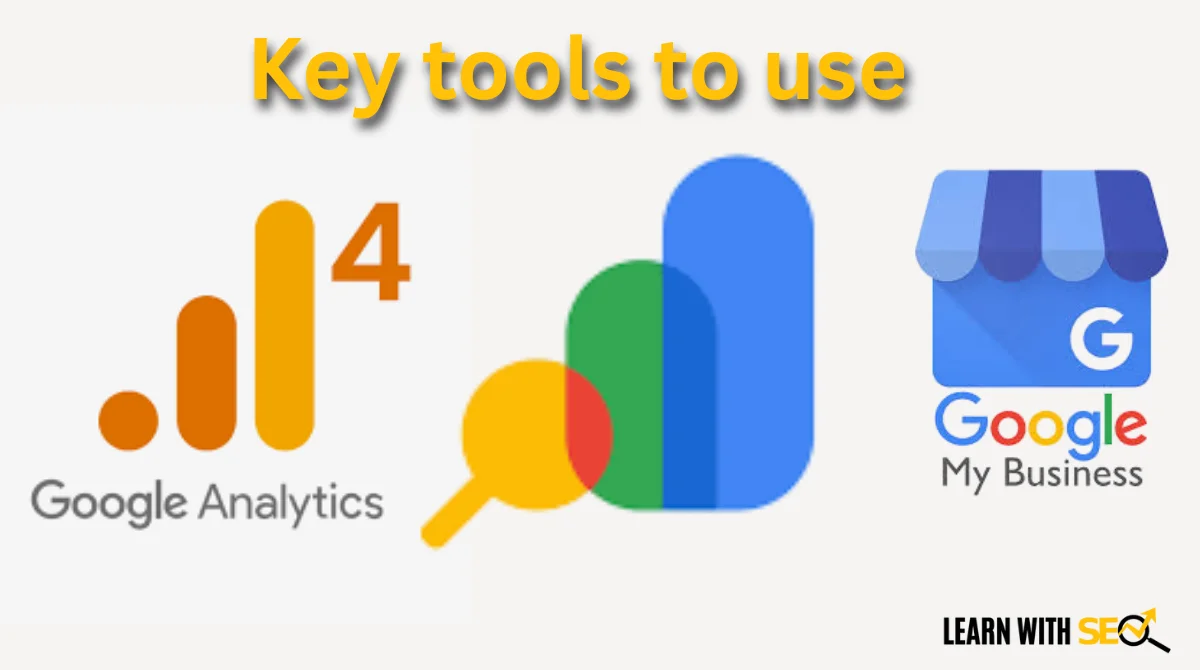
- Google Analytics → track traffic per location page
- Google Search Console → check keyword rankings
- Google Business Insights → monitor calls, clicks, and directions requests
Keep testing new keywords, updating content, and collecting reviews to stay ahead of competitors.
Read More: Top 9 Local SEO Reporting Tools for Small Businesses
Common Mistakes to Avoid in Local SEO for Multiple Locations
Even with the right strategy, businesses often make mistakes that hurt their results. Watch out for:
- Using the same content for every location page.
- Forgetting to update NAP details after a move.
- Creating duplicate Google profiles.
- Ignoring customer reviews.
- Not adding schema markup.
- Avoiding these mistakes ensures smoother growth and better rankings.
Final Thoughts
Local SEO for multiple locations might sound complex, but with the right step-by-step approach, you can make each branch stand out online. By creating unique pages, optimizing Google Business Profiles, building citations, and focusing on local content, you’ll ensure that customers in every city find you quickly.
Remember, the goal is simple: make it easy for people to discover and trust your business in their area. With patience, consistency, and regular updates, your multi-location SEO strategy will bring more traffic, calls, and customers to every branch.






